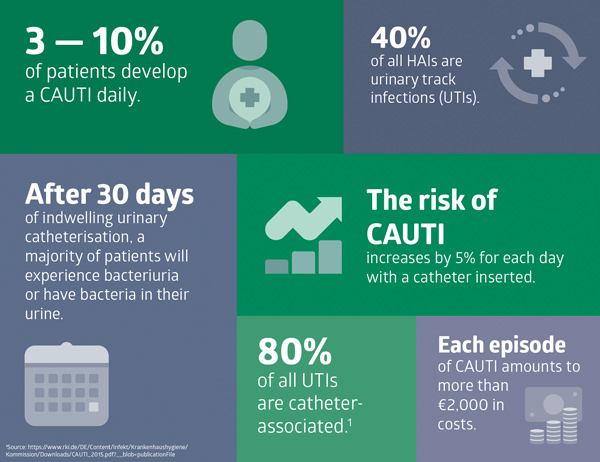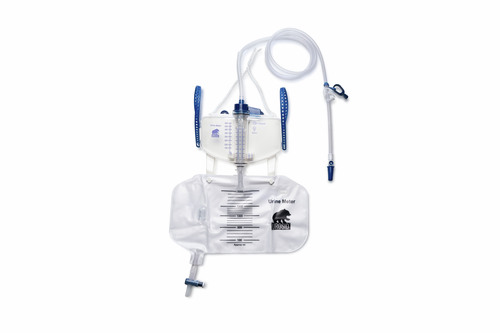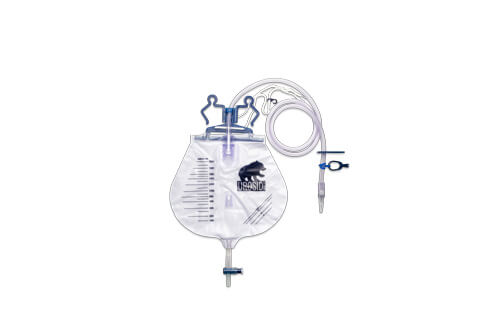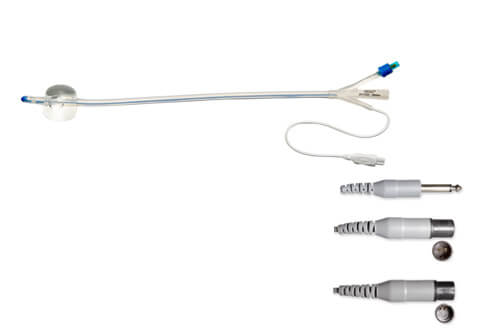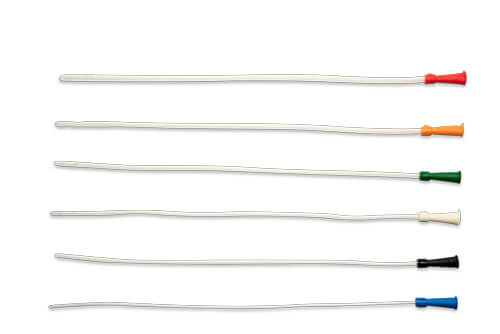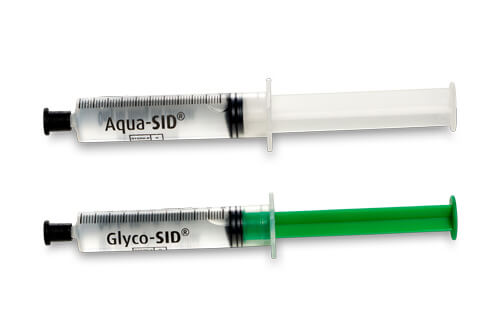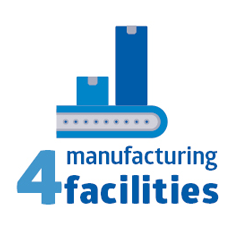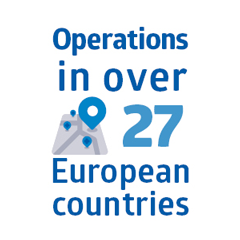Contact us by filling out the form to learn more about our portfolio and services. A specialist will reach out to you soon.
20%
of hospital-acquired bacteriuria arise from CAUTI
Medline’s comprehensive Urology portfolio is an extension of our trusted solutions for prevention and care. We are committed to supporting our customers deliver high quality care to all their patients, from paediatrics to adults.
The best way to lower the risk of CAUTIs is to limit the use of indwelling urinary catheters (IUCs) and apply the aseptic technique.
Is CAUTI preventable? Yes. However, there are conditions to achieving this. The Robert Koch Institute (RKI), for example, recommends different tools that aid in preventing CAUTI. These include:
But when frontline healthcare workers are pressed for time, they may not always follow the aseptic technique or choose a safer alternative to an IUC. Our urological solutions, therefore, make it easier for clinicians to do the right thing and help lower the risk of infections. From best practice guidance and caregiver education, to a system with the right products, we empower frontline staff to create and maintain a culture of safety.
of hospital-acquired bacteriuria arise from CAUTI
of indwelling urinary catheterisation, most patients will experience bacteriuria
of patients develop a CAUTI daily
Treating CAUTI is costly and contributes to antibiotic resistance
Reference: Gambrill, B., Pertusati, F., Hughes, S.F. et al. Materials-based incidence of urinary catheter associated urinary tract infections and the causative micro-organisms: systematic review and meta-analysis. BMC Urol 24, 186 (2024). https://doi.org/10.1186/s12894-024-01565-x
Your path to essential urology solutions starts here.
Contact us by filling out the form to learn more about our portfolio and services. A specialist will reach out to you soon.
By using sterile catheter exchange kits/sets, paired with consistent best practices and appropriate products, the infection rate amongst patients can be lowered when placing or changing urinary catheters.
We offer educational tools to reinforce these best practices towards the prevention of CAUTIs:
Contact your local Medline account manager for more information or fill in this form with your request.
Numerous studies published in 2019 point to an average reduction of 80% in CAUTIs when urinary catheterisation kits/sets are introduced.²
With these kits, Medline sets out to be part of a CAUTI-reducing solution that is customised according to the specific needs of your facility.
UROSID® urine measurement systems are equipped with additional graduated chambers, in order to facilitate accurate monitoring and urine sampling, even in cases when there is very little urine.
The use of a closed urine drainage system, like UROSID® 2000 S, for regular drainage or continuous flushing with 4 or 5-litre UROSID® TUR-bags, can effectively reduce the risk of CAUTIs. This is in comparison to basic urine bags.
Select an appropriate Foley Catheter from a wide range of options that come with different features to facilitate your in-house protocols and best practices.
Intermittent catheterisation is considered a safe and effective method of urine drainage, offering the patient personal independence in their everyday life. It also serves as an alternative to permanent catheterisation. Avoiding permanent placement is a key way to help reduce the onset of CAUTIs.
Pre-filled syringes facilitate the inflation of the balloons of UROSID® Foley catheters during catheterisation. You may choose from amongst the Aqua-SID® option filled with purified water or the Glyco-SID® option with a mixture of water and glycerine.
Support best practices with a system of the most appropriate products.
As a global solution's provider, Medline gives you access to a complementary CAUTI prevention bundle, to help you design best-practice protocols that can help prevent the onset of CAUTIs and make your job and the patient’s life easier and safer.
Delivering what you need with our end-to-end supply chain
We control the entire supply chain, enabling us to reliably deliver the products you need, when and where you need them.
Extended services
Delivering what you need with our end-to-end supply chain
We control the entire supply chain, enabling us to reliably deliver the products you need, when and where you need them.

3
International
Organisation for
Standardisation
(ISO)
13485-certified facilities
2000+
employees
serving in
Europe
17
offices in
europe
~3000
products
that have
been in our portfolio
for >10 years
Contact us by filling out the form to learn more about our portfolio and services. A specialist will reach out to you soon.
References:
https://www.rki.de/DE/Content/Infekt/Krankenhaushygiene/Kommission/Downloads/CAUTI_2015.pdf?__blob=publicationFile
